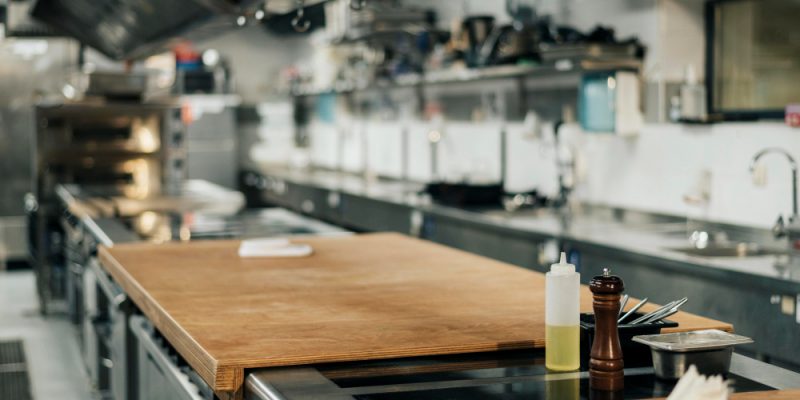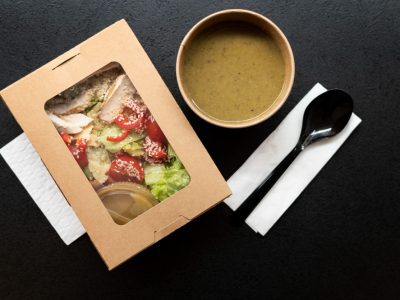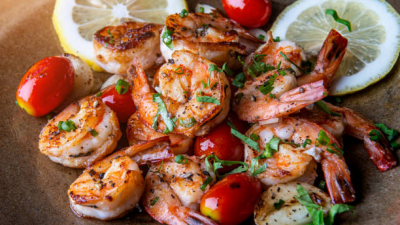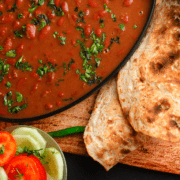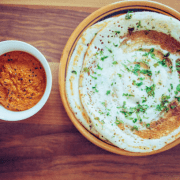In every thriving eatery, the kitchen is where the action is. In this fast-paced, high-stakes setting, creative cooking meets scientific precision. Every restaurant, from five-star establishments to mom-and-pop shops, relies on its kitchen to keep customers happy and, eventually, make money. But there are special organisational issues inherent to a busy restaurant kitchen.
Picture the managed mayhem that ensues during peak service: a deluge of orders, chefs juggling numerous dishes at once, servers negotiating cramped quarters, and the ongoing requirement for equipment and supplies to be at the ready. A strong system for organising the restaurant kitchen is essential to maintain this delicate balance and prevent it from falling into disarray. The financial line and reputation of the restaurant are both affected by this disorder, which might show itself in various ways.
One major effect of a disorganised restaurant kitchen is food waste. Overstocking and spoiling can occur as a result of ineffective inventory management, and ingredients can go bad if they are not used up quickly enough. In addition, mistakes in food preparation are more likely to occur in a disorganised workplace, which in turn raises the likelihood of remakes and unhappy customers. In a restaurant kitchen, time is of the essence, and disorganisation leads to lost time. Reduced table turnover and slower service are the results of inefficient processes, crowded walkways, and the search for lost tools.
A messy restaurant kitchen is not just inconvenient; it can also lower morale among workers. Employees are more likely to quit, be less productive, and experience irritation in a stressful and disorderly workplace. On the flip side, a restaurant kitchen that is neat and tidy promotes serenity, efficiency, and collaboration, which in turn leads to a happier and more fruitful work environment. The crucial relevance of establishing successful solutions for organising restaurant kitchens can be better understood once these inherent problems are acknowledged. If your kitchen is disorganised and underperforming, this article will reveal the key keys to making it run like clockwork.
A Guide of Restaurant Kitchen Organization Secret
The key to a well-organised restaurant kitchen is not blindly following procedures but rather developing flexible solutions to improve productivity. Discover all the important company secrets with this all-inclusive handbook:
Restaurant Kitchen Organization: The Foundation of Efficiency
- Implement a Clear and Logical Storage System: This is the bedrock of any organised restaurant kitchen. Categorise and label everything clearly. Dry goods should be stored separately from refrigerated items, and within each category, items should be grouped logically (e.g., different types of flour together, various spices alphabetised). Utilise shelving, containers, and racks effectively to maximise vertical space and prevent clutter. First-in, first-out (FIFO) should be strictly adhered to for all perishable goods to minimise waste.
- Standardize Prep Procedures and Mise en Place: The principle of “mise en place”, which translates to “everything in its place,” is fundamental to serious cookery. Make sure everything you need is ready to go and that everyone knows how to prepare the ingredients before the service starts. This entails doing things like dicing veggies, measuring out sauce portions, and setting up stations with all the necessary equipment and supplies. For uniformity and efficiency, it is essential to have standardised recipes and prep lists.
- Establish Designated Zones: Make separate areas in the restaurant kitchen for things like chopping, sautéing, plating, washing dishes, and storing food. This improves efficiency and reduces the likelihood of cross-contamination. Make sure that every area of the restaurant kitchen has all the tools and equipment that are needed, so that employees do not have to waste time moving around.
- Regular Cleaning and Maintenance Schedules: The key to a safe and effective restaurant kitchen is keeping it clean. Make sure to incorporate daily, weekly, and monthly cleaning duties into your strict routine. Preventing equipment malfunctions and ensuring smooth operations also requires regular maintenance. Standards can be better maintained with well delineated cleaning duties and checklists.
Professional Kitchen Setup: Designing for Flow
The efficiency and organisation of a restaurant’s kitchen are greatly affected by its physical layout. When planning or optimising the layout, keep the staff and food flow in mind. Placing spaces should be placed strategically to ensure efficient service, while reception areas should be close to storage and prep areas should be adjacent to cooking lines. Depending on the restaurant’s size and menu, common layouts such as island, zone, assembly line, and galley each have their own set of advantages.
Create ergonomic workstations to reduce employee tiredness and strain. Everything from the right height of the counters to the placement of storage and appliances falls under this category. Having a well-appointed and secure workplace in the restaurant kitchen helps to boost efficiency and decrease the likelihood of accidents.
Kitchen Workflow: Streamlining Operations
Make sure that the process of receiving and processing orders is organised and runs smoothly. Whether you are utilising computerised order systems or handwritten tickets, be sure that the restaurant kitchen gets your orders quickly and precisely. One way to greatly enhance order management is using a POS system that is well-integrated.
Make sure everyone in the restaurant kitchen knows how to communicate with one another. Regular team briefings to discuss service updates and any possible problems are part of this process, as is the use of standardised terminology and the use of call-and-response systems for orders. By keeping everyone informed and on the same page, mistakes can be reduced through good communication.
Commercial Kitchen Layout: Maximizing Space and Functionality
Make sure that the process of receiving and processing orders is organised and runs smoothly. Whether you are utilising computerised order systems or handwritten tickets, be sure that the restaurant kitchen gets your orders quickly and precisely. One way to greatly enhance order management is using a POS system that is well-integrated.
Ensure everyone in the restaurant kitchen knows how to communicate with one another. Regular team briefings to discuss service updates and any possible problems are part of this process, as is the use of standardised terminology and the use of call-and-response systems for orders. By keeping everyone informed and on the same page, mistakes can be reduced through good communication.
Kitchen Efficiency: Continuous Improvement
- Regular Inventory Management: Set up a mechanism to monitor stock levels on a frequent basis. This is useful for optimising ordering, reducing waste, and avoiding shortages. Precise inventory data is essential for smooth kitchen operations in restaurants, whether it is done manually with spreadsheets or with inventory management software.
- Cross-Training Staff: In order to maximise productivity, particularly during busy times or when employees are off sick, it is recommended that restaurant workers learn to multitask. The needs of a busy service might be better met by a workforce that is versatile and has a variety of skills.
- Regular Evaluation and Adaptation: The process of organising a restaurant’s kitchen is dynamic. Maintain a mindset open to change and improvement in response to staff input and workflow observations by regularly assessing the efficacy of existing processes. Keeping a restaurant kitchen organised and running well requires a commitment to constant improvement.
Summary
There are no magic formulas for a well-organised restaurant kitchen; rather, it takes careful preparation, regular execution, and a dedication to constant development. A clean and organised restaurant kitchen is essential for more than just keeping things neat; it is the cornerstone of great food, smooth operations, and happy employees.
Time constraints, high order volumes, and the need for pinpoint accuracy are just a few of the challenges that arise in a busy restaurant kitchen, highlighting the paramount need of effective organisational processes. Restaurants may greatly reduce the impact of these issues by optimising their commercial kitchen layout, establishing clear storage solutions, standardising their prep operations, and streamlining their workflow. An otherwise disorganised setting can be brought into perfect harmony with the help of well-defined roles and duties, ample storage for all belongings, and open lines of communication.
A restaurant’s kitchen that is well-organised has numerous advantages. Cutting down on food waste helps keep costs down and makes the business more eco-friendly. Quicker service, more table turnover, and more money in the till are all results of improved efficiency. Greater customer happiness and loyalty are outcomes of improved food quality and consistency, which is achieved through standardised prep and fewer errors. Additionally, the kitchen staff experiences higher morale and lower turnover rates when their work environment is clean, safe, and organised.
Restaurant kitchen organisation is an investment in the establishment’s long-term success, not an expense. It requires time and resources. The goal is to establish a system that allows all team members to do their jobs well, has all the resources they need, and keeps the emphasis on providing outstanding food experiences. An immaculately organised restaurant kitchen is more than just a nice-to-have in the cutthroat Bengaluru restaurant scene; it is essential to long-term success and a reflection of the establishment’s dedication to quality in all it does. Restaurants can move their kitchens from places of possible tension to places of culinary genius by adopting these secrets.
A food enthusiast and a blogger – someone who likes to eat and write about it. I’m passionate about exploring different cuisines and challenging my palette. I give into my food craving regularly and am often on the hunt to find my new favorite food place in town.
